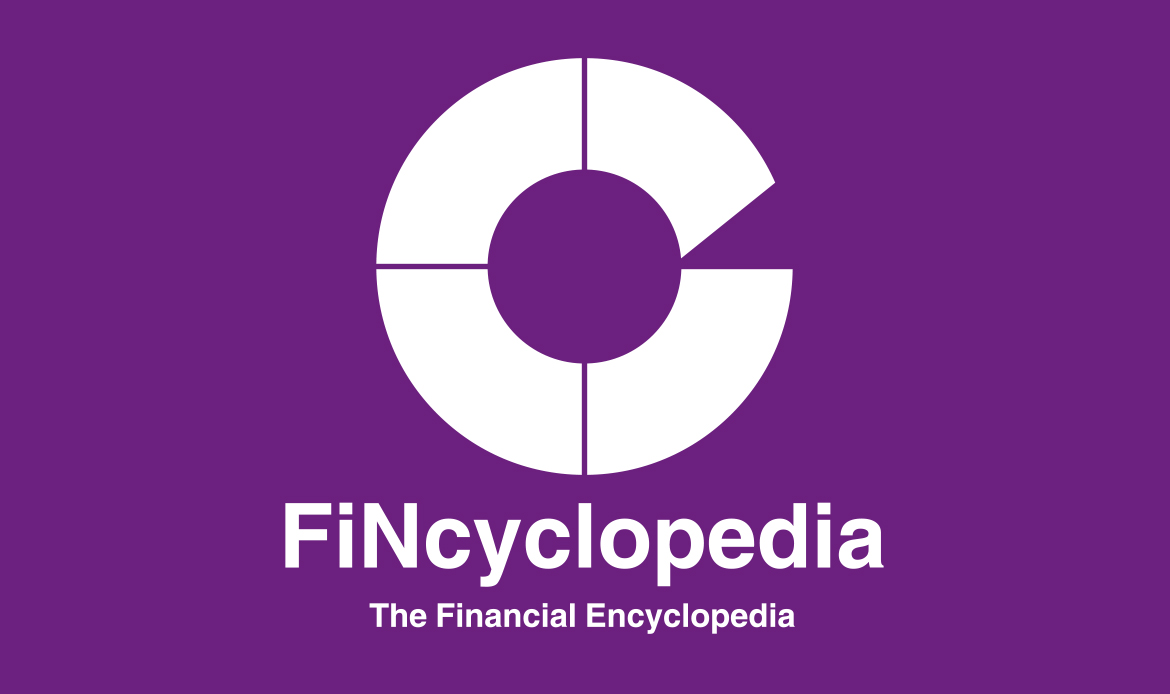An IPO (initial public offering), or new issue, is a process by which a company’s security is offered for sale to investors for the first time. A private (privately held) company intending to g public can raise capital by issuing securities to the public through the primary market. In an initial public offering (IPO), it is the company’s shares, not the shareholders’ shares, which are sold to investors, and the sale proceeds go to the company to finance its future growth. When a company plans to go public, it first has to select one or more investment banks as underwriter or co-underwriters for the offering.
IPOs, per se, are a type of book building (in addition to accelerated book building and reverse book building). As a process, it involves collection of information about investors’ intentions as to the volumes they are willing to have and the prices they are willing to offer for a security. Book building is typically customized to an issuer’s needs, and constitutes one of the most common methods used for public offerings. It is designed to provide both the company (issuer) and the investment bank a solid ground for a successful offering. The bank marketing an offering gathers this information about investors’ intentions as to required quantities and corresponding offer prices. Book building is a method of pre-market price discovery for initial public offerings (IPOs) and secondary offerings.
There are several steps that constitute an IPO process, mainly including:
- Commissioning an investment bank: the issuing company hires an investment bank that will be responsible for underwriting the IPO and undertakes certain tasks in the registration process.
- Registration: the issuer files a registration statement with the securities and exchange regulators.
- Roadshow: the issuer conducts a roadshow to market the IPO and attempt to persuade potential investors.
- Pricing: the investment bank determines the IPO price based on demand from investors.
- Trading: the issuer’s shares are listed on a stock exchange, and trading commences in the secondary market.



